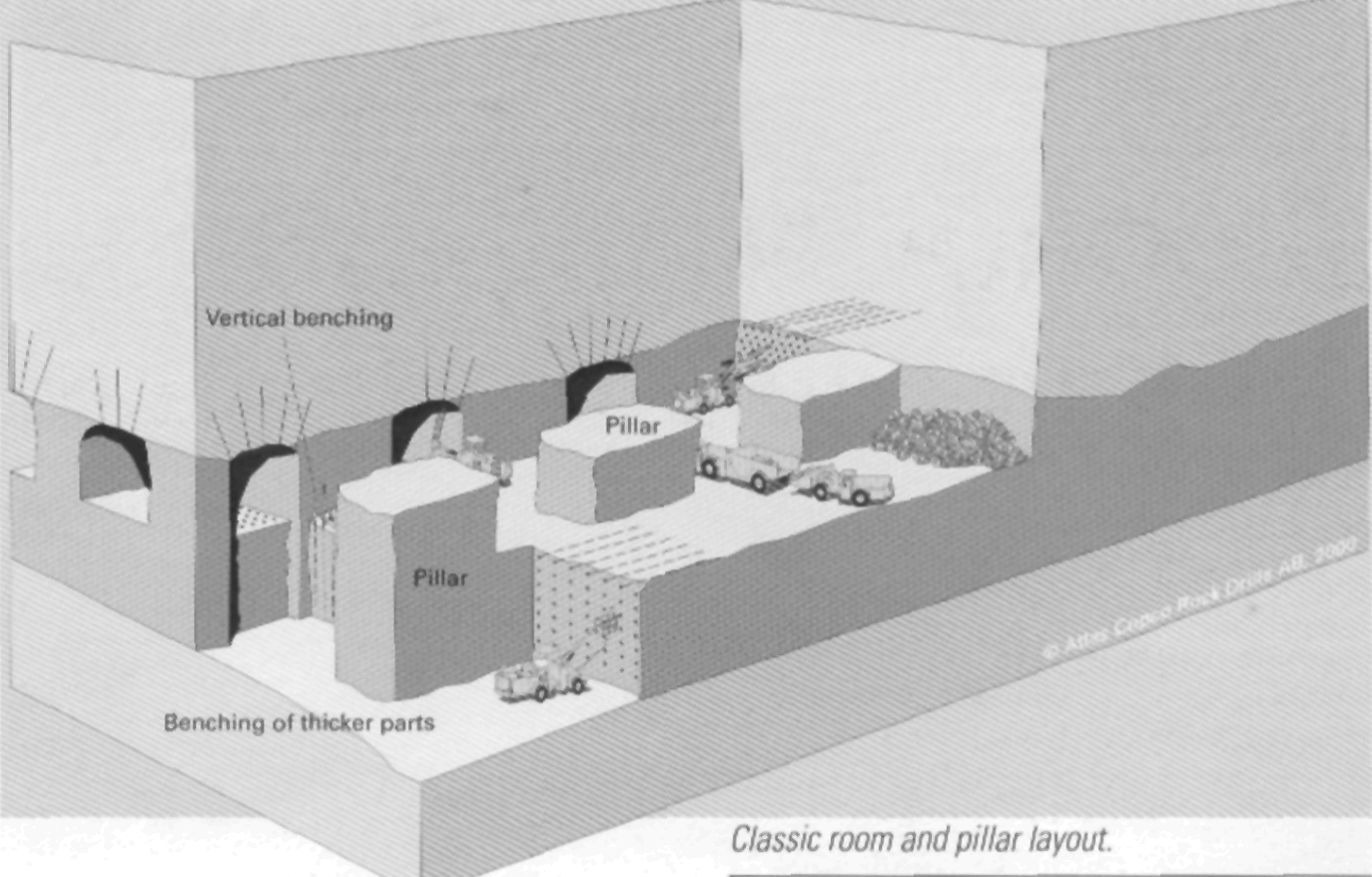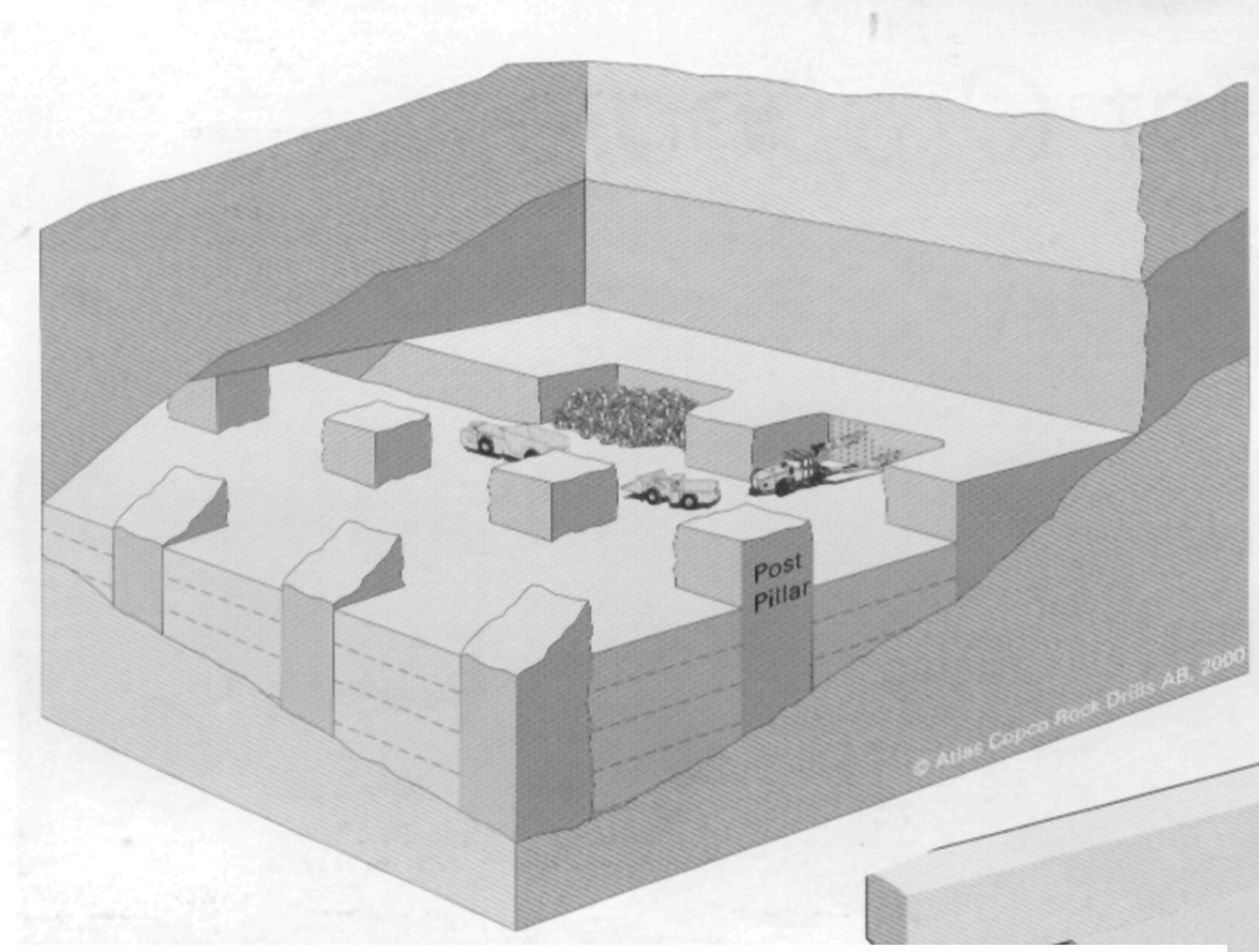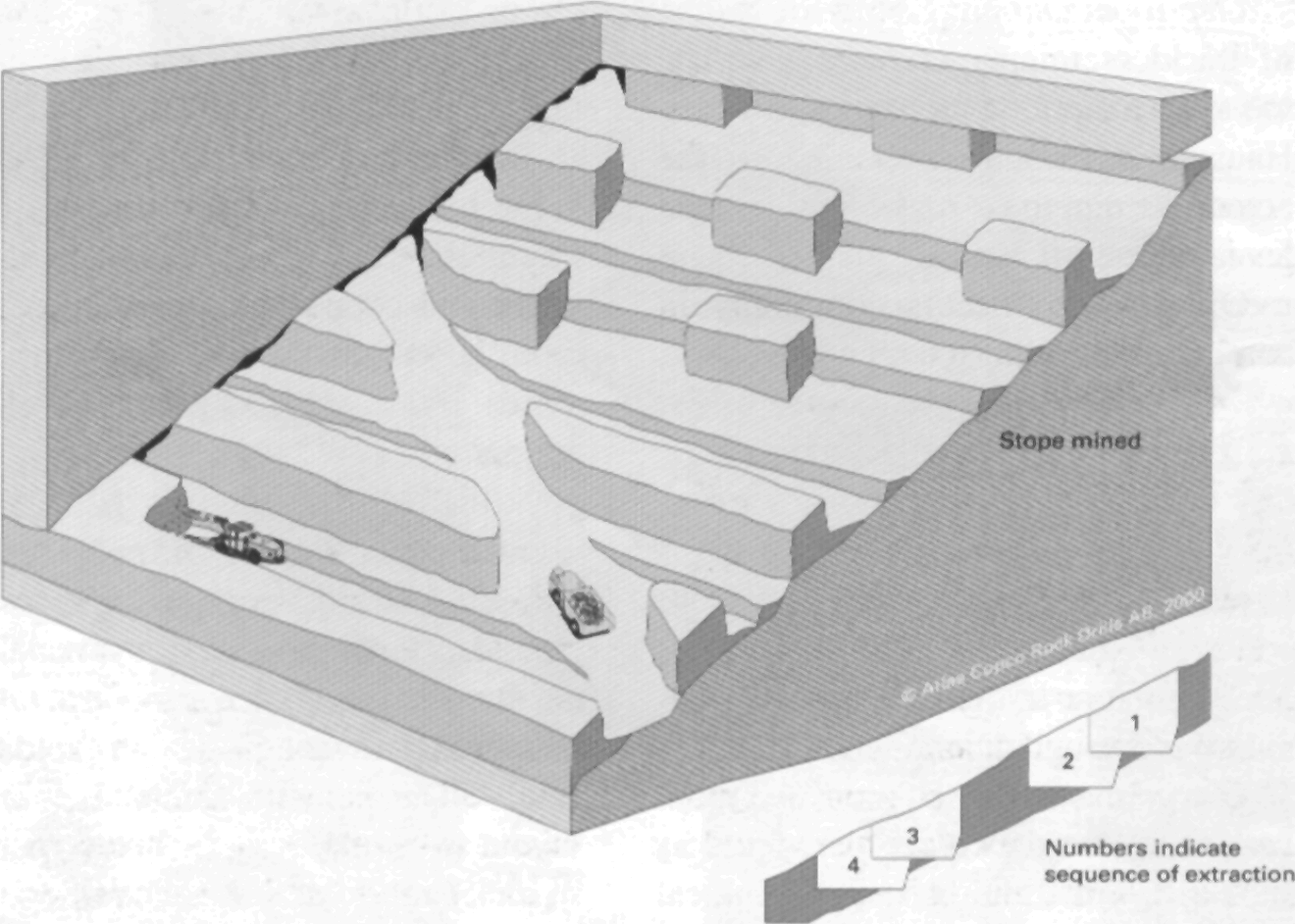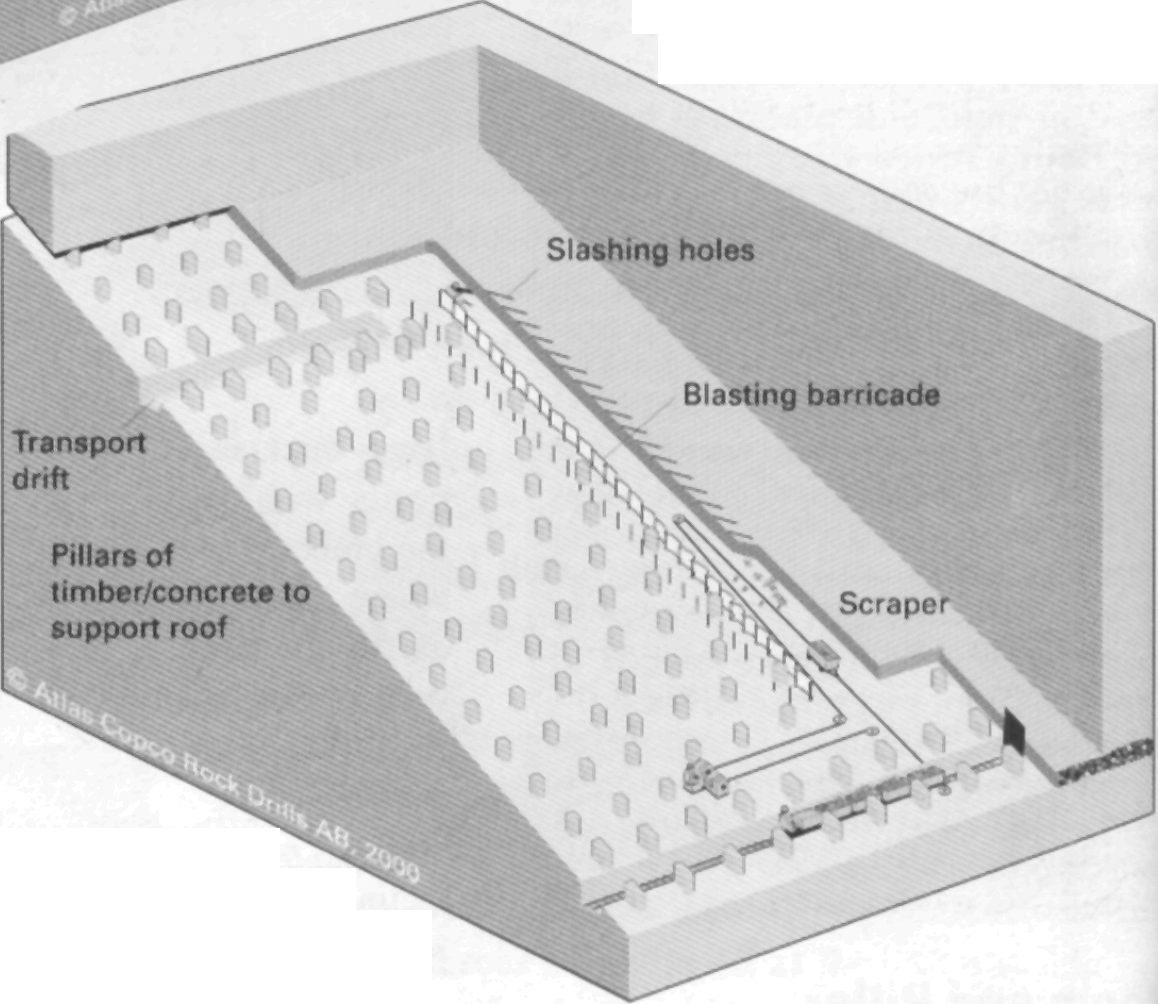
- •2007 Р.
- •3) Match a word in column
- •Rock Excavation in civil Engineering
- •Introduction to Remote Control Technology
- •Supplementary reading:
- •Introduction
- •Versatile Drillrig
- •Multiple Tasking in Western Australia
- •Improving Productivity
- •Exercises:
- •4) Give answers to the following questions:
- •Exercises:
- •1)Give Ukrainian equivalents of the following words and word combinations:
- •2) Give English equivalents of the following words and word combinations:
- •3)Fill the blanks with the necessary words and word combinations:
- •4) Quote the sentences in which these words and word combinations are used. Translate these sentences into Ukrainian:
- •5.Give answers to the following questions:
- •6. Tell what you know about:
- •Importance of Geology
- •Igneous Rocks
- •Investigation and Exploration
- •Exercises:
- •1) Give Ukrainian equivalents of the following words and word combinations:
- •4) Quote the sentences in which these words and word combinations are used:
- •5) Give answers to the following questions:
- •Exercises:
- •2) Give English equivalents of the following words and word combinations:
- •4) Quote the sentences in which these words and word combinations are used:
- •5) Answer the following questions:
- •6) Tell what you know about:
- •Vertical Crater Retreat
- •Exercises:
- •1) Give Ukrainian equivalents of the following words and word combinations:
- •2) Give English equivalents of the following words and word combinations:
- •3) Fill the blanks with the necessary words:
- •4) Quote the sentences in which these words and word combinations are used:
- •5) Answer the fallowing questions:
- •6) Tell what you know about:
- •Supplementary reading
- •Список використаної літератури:
- •«Наукова англійська мова»
Supplementary reading
Mining in Flat Orebodies
Nearly Horizontal Extraction
Variations on room-and-pillar and longwall mining techniques have always been attractive propositions for mechanization, because of the near horizontality of such systems. Until recently, trackless equipment was limited to a minimum working headroom of 2 m or more. However, major developments in Polish copper mines and in gold and platinum mines in South Africa have spawned a new generation of thin-seam and narrow mining equipment from Atlas Copco that can work in substantially less space than previously thought possible. The Rocket Boomer S1 L, for instance, has a tramming height of just 1.3 m, yet can cover a face area of up to 29 sq m. Likewise, the Wagner ST 600LP, or Ratel, equipped with video cameras to assist the driver, has a height of only 1.56 m, but still carries a 6 t payload. Availability of such machines is already revolutionizing the design approach to mining flat orebodies.
Room and Pillar
Room and pillar is designed for mining of flat, bedded deposits, of limited thickness. Examples are sedimentary deposits, like copper shale, limestone or sandstone containing lead, coal seams, salt and potash Wets, limestone and dolomite.
The method recovers the mineralization in open stopes, leaving pillars of ore to support the hanging wall. To recover maximum ore. miners aim to leave the smallest possible pillars. The roof must remain intact, and rockbolts are used as rock reinforcement.
Rooms and pillars are normally arranged in regular patterns, and can be designed with circular pillars, square pillars, or elongated walls, separating the rooms.
Classic room and pillar applies to flat, bedded deposits with moderate to large thickness, also to inclined deposits with larger thickness. Mining the orebody creates large open stopes, where trackless machines can travel on the flat floor. Orebodies with large vertical height are mined in horizontal slices, starting at the top and benching down in steps.
Post room and pillar applies to inclined orebodies, of dip angle from 20 to 55 degrees, with large vertical height, where mined out space is back-filled. The fill keeps the rock mass stable, and serves as the work platform while mining the next ore slice.
Step room and pillar is an adaptation of trackless minjng to orebodies with too steep a dip for rubber-tyred vehicles. Haulage drifts and stopes are angled across the dip, to create work areas with level floors, off which trackless equipment can work. mining advances downward, along the step room angle.
Classic Room and Pillar
Very little development work is required to prepare flat-bedded deposits for room and pillar mining, because access for ore transport and communication is through the production stopes. Ore production in flat room and pillar uses the same drill/blast techniques as in normal drifting. Where geological conditions are favourable, large-capacity drilling rigs and loaders can be used.

Figure1. Classic room and pillar layout
High orebodies are mined in slices, starting at the top, rockbolting the hanging wall from each bench. Standard crawler rigs are used for drilling vertical holes and conventional bench blasting. Horizontal drilling and flat benching is a more practical alternative, using the same drillrig.
The blasted ore is loaded using diesel or cable-electric load-haul-dump machines, and, where height permits, dump trucks may be used between stope and dump.
Post Pillar Mining
Post pillar mining is a cross-breed of room and pillar and cut and fill stoping. Post pillar mining recovers the mineralization in horizontal slices, starting from a bottom slice, advancing upwards.

Figure 2. Post pillar mining layout.
Pillars are left inside the slope to support the roof. Mined-out stopes are backfilled with hydraulic tailings to allow the next slice to be mined, working off the fill surface.
Pillars are extended through several layers of fill, so that the material conlributes to the support, permitting a high recovery rate. The sand fill allows the stope layout to be modified to suit variations in rock conditions and ore boundaries.
Post pillar combines the advantages of flat-floor cut and fill, with the spacious stopes of room and pillar, while easy access to multiple production points favours efficient mechanization.
Step Room and Pillar
Step room and pillar adapts the inclined orebody footwall for efficient use of trackless equipment in tabular deposits, with thickness from 2.0 to 5.0 m, and dip ranging from 15 to 30 degrees. Stopes and haulage-ways cross the dip of the orebody in a polar co-ordinate system, orienting the stopes at angles across the dip that can comfortably be travelled by trackless vehicles. Parallel transport routes cross the ore-body, to establish roadway access to stopes, and for trucking blasted ore to the shaft.

Figure 3. Step room and pillar layout
Stopes are attacked from the transport drifts, branching out at the pre- determined step-room angle. The stope is advanced forward, in a mode similar to drifting, until breakthrough into the next parallel transport drive.Next step is excavation of a similar drift, or side slash, one step down dip| adjacent to the first drive. This procedure is repeated, until the full roof span is achieved, and an elongated pillar left, parallel with the stopes. The next slope is attacked in the same way, and mining continues downward, step by step.
Longwall Mining
Longwall mining applies to thin bedded deposits, with uniform thickness and large horizontal extension.
Development involves excavation of a network of haulage drills, for access to production areas and transport of ore to shaft stations. As the mineralization extends over a large area, haulage drifts are paralleled by return airways, for ventilation of the workings. Haulage drills are usually arranged in regular patterns, and excavated in the ore.

Figure 4. Typical steep longwall layout
South African gold mines have developed their own techniques, using handheld pneumatic rock drills in reefs as thin as 1.0 m.. Pillars of timber or concrete are installed to support the roof in the very deep mines.
List of words
flat deposit – положистий поклад
roof-and-pillar mining – камерно-стовпове виймання (виймання довгими стовпами)
long wall mining – виймання суцільної системи (безперервне виймання)
headroom – висота виробки, габаритна висота, робоча висота вантажної машини
rockbolt – штанга (штангового кріплення)
backfill – закладка
haulage drift – відкочувальний (відкотний) штрек
crawler rig – буровий станок на гусеничному ході
bench blasting – підривання виступу
cut and fill stoping – шарова виїмка з закладанням
tabular deposit – шарове родовище
dip – падіння
access – доступ, підхід
shaft station –навколоствольний (пристовбуровий) двір
return airways – вентиляційна виробка для зворотнього (висхідного) струменя, вентиляційний штрек
payload – корисна ємкість, корисний вантаж
thickness – потужність (товщина)
